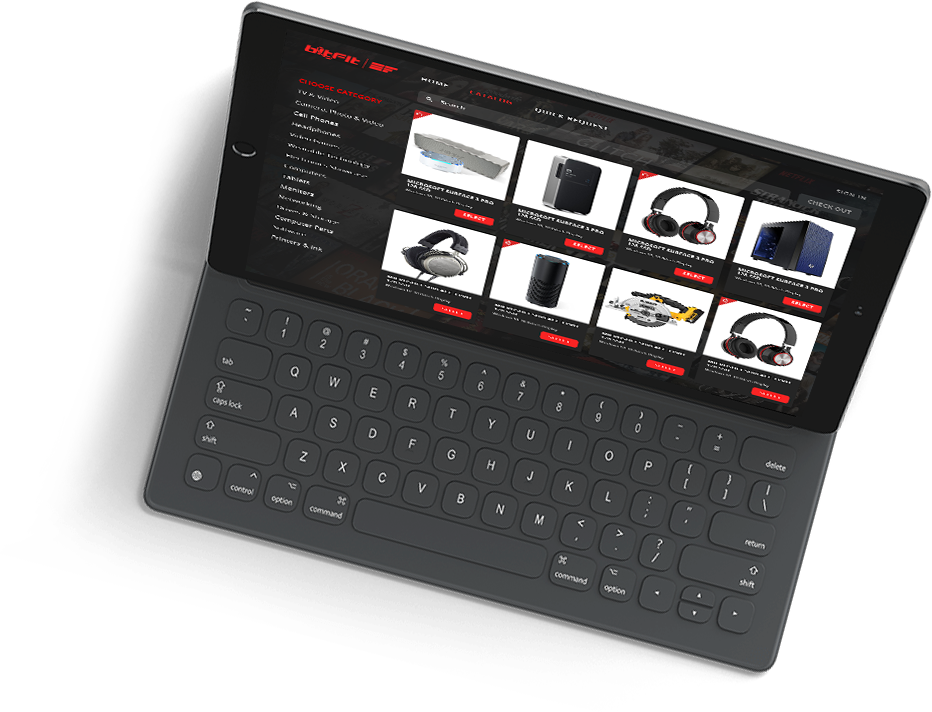
Digital Asset Management (DAM) refers to the practices and platforms that enable businesses and organizations to store, organize, and retrieve digital content efficiently. As the digital landscape grows increasingly complex, with vast amounts of media created daily, the need for robust DAM systems has never been greater. This article explores DAM’s evolution, components, and benefits, providing insights into implementing a successful system and predicting future trends in the field.
Evolution of Digital Asset Management
DAM has evolved significantly since the early days of digital media. Initially, digital asset management was a simple file storage system, but as digital content proliferated, the need for more sophisticated systems became apparent. Technological advancements, such as cloud computing and artificial intelligence, have dramatically transformed DAM into a comprehensive solution that supports the storage, retrieval, and manipulation of digital assets.
Types of Digital Assets
Digital assets can range from images, videos, audio files, presentations, and documents to complex graphics and software. Each type of asset presents unique challenges in management. For instance, video files require considerable storage space and robust metadata to ensure they are easily searchable, while documents must be version-controlled and securely archived.
Core Components of Digital Asset Management Systems
A comprehensive DAM system includes several critical components:
- Repository: A secure, scalable storage environment that supports various file types and sizes.
- Metadata: Metadata enhances the discoverability of assets through detailed descriptors such as keywords, creator information, and usage rights.
- Import and Export Functions: Efficient tools for uploading assets to the DAM and distributing them across platforms and teams.
- Access Controls: Robust security measures that govern who can view, modify, or distribute assets.
- Asset Manipulation: Tools that allow users to edit, convert, or otherwise modify assets without needing external software.
Benefits of Effective Digital Asset Management
Implementing an effective DAM system offers multiple benefits:
- Efficiency and Productivity: Automated workflows and easy access to assets reduce time spent searching for files.
- Enhanced Security: Advanced permission settings and audit trails ensure compliance and protect assets.
- Scalability: DAM systems can grow with your organization, accommodating more assets and more users without performance losses.
- Collaboration: Centralized assets promote collaboration by ensuring all team members can access the latest versions.
- Cost Savings: DAM systems offer a significant return on investment by reducing redundancies and improving workflow efficiencies.
Key Features to Look for in DAM Software
When selecting DAM software, key features to consider include:
- Integration Capabilities: The ability to integrate with other software, such as content management systems and creative software.
- AI and Automation: Tools that automate routine tasks and organize assets using artificial intelligence.
- User Interface: An intuitive, easy-to-navigate interface.
- Advanced Search Functionality: Powerful search tools that can filter by various metadata criteria.
- Support for Various File Types: Compatibility with various digital formats.
Implementing a DAM System
Implementing a DAM system involves several steps:
- Assessment: Evaluate current asset management needs and future requirements.
- Selection: Choose a DAM system that fits the organization’s technical needs and budget.
- Implementation: Deploy the system with an emphasis on data migration and integration.
- Training: Train users thoroughly to ensure they can leverage the DAM system effectively.
- Maintenance: Regularly update the system and train new users to keep the DAM running smoothly.
Future Trends in Digital Asset Management
The future of DAM is likely to be shaped by emerging technologies:
- Predictive Analytics: Using historical data to predict asset usage and lifecycle.
- AI Automation: Further automation of categorization, tagging, and even asset creation.
Conclusion
Digital Asset Management remains a critical component of organizational infrastructure as digital content continues to grow in volume and strategic importance. Its ability to enhance efficiency, improve security, and foster innovation makes DAM beneficial and essential for modern businesses.

